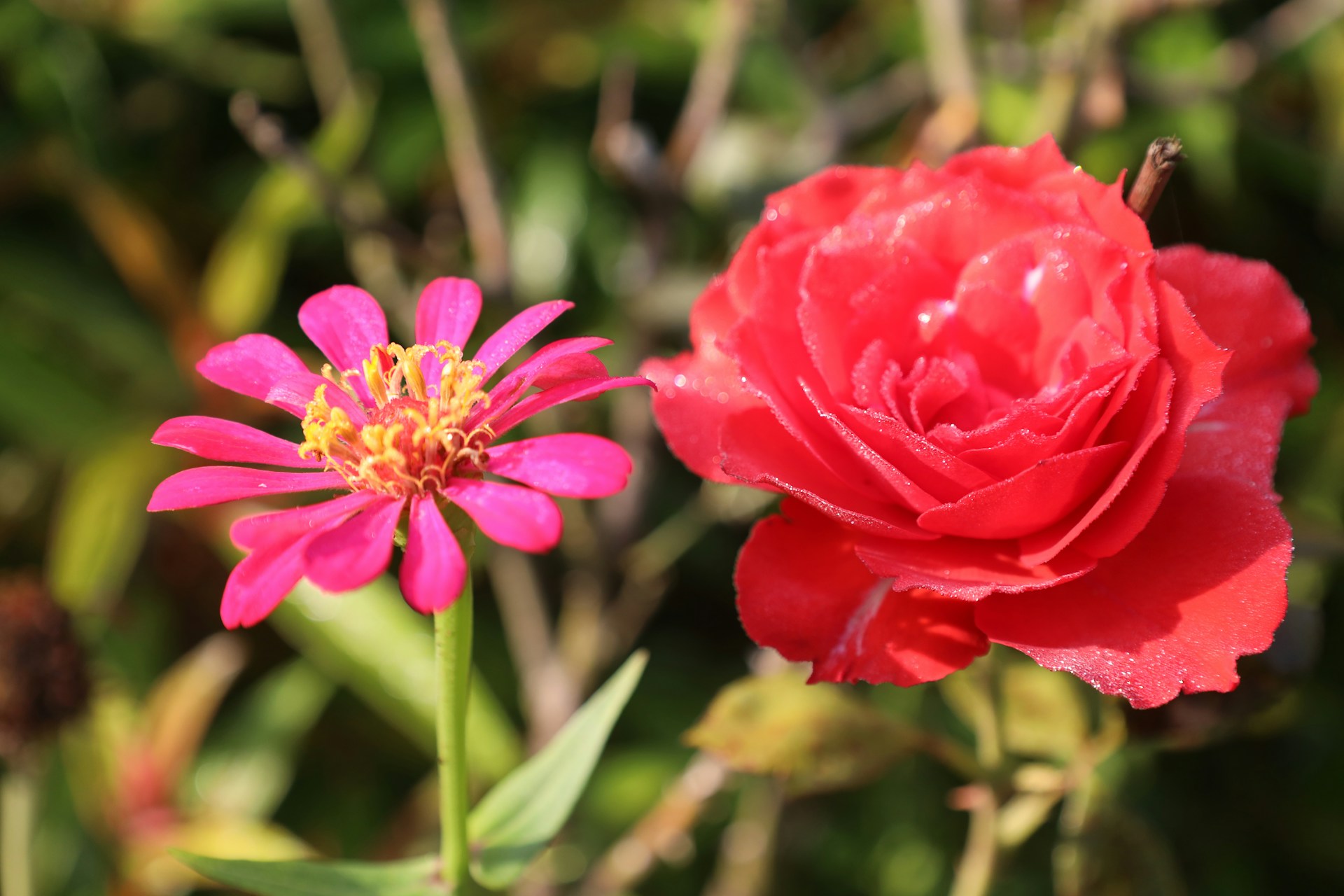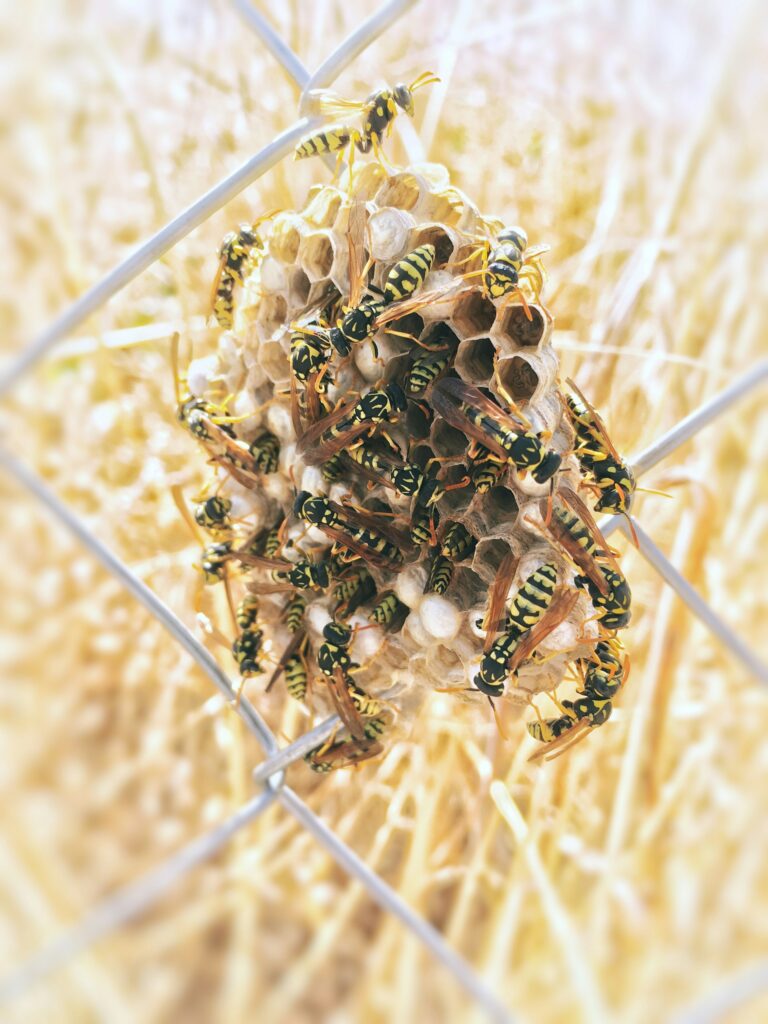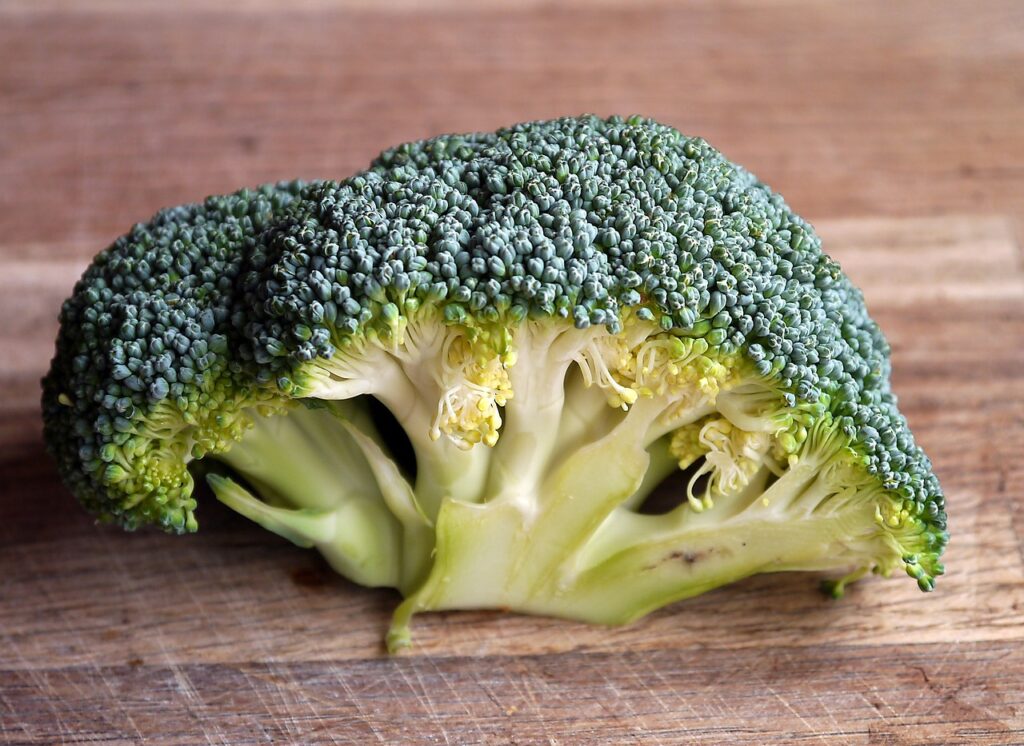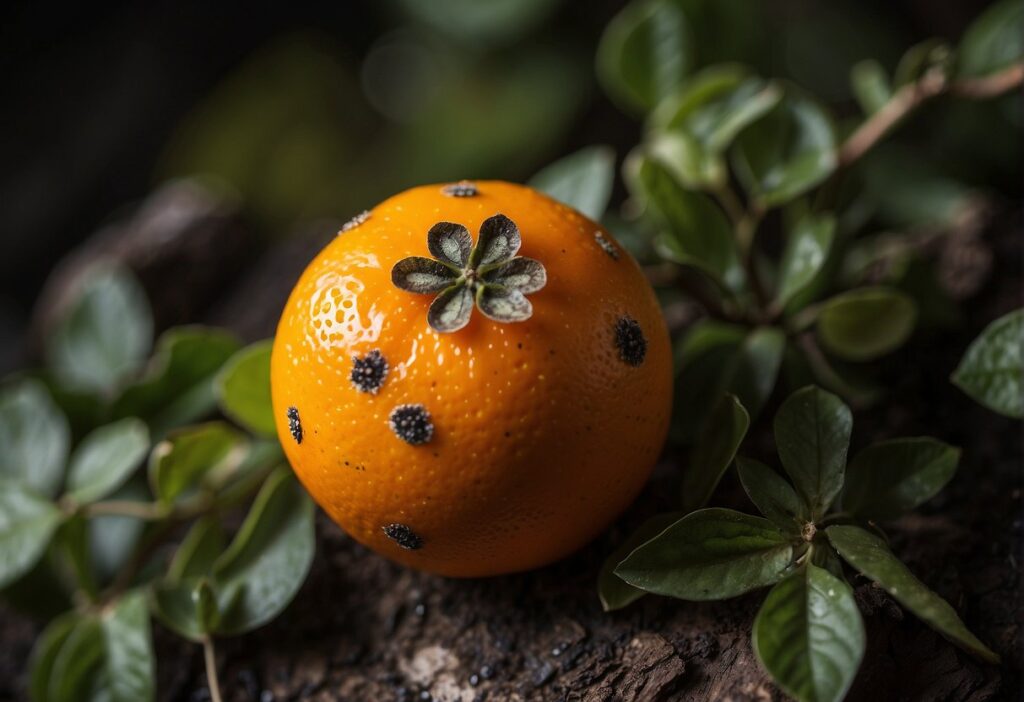
The taste of a rose petal is as complex as its beauty. When you bite into a fresh rose petal, you might first notice a subtle sweetness, reminiscent of the nectar that attracts bees. This initial sweetness often gives way to a more nuanced flavor profile, with hints of citrus and a delicate spiciness that can vary from one rose variety to another. The experience is akin to tasting a fine wine; there’s an initial flavor that is quickly followed by secondary notes that intrigue the taste buds.
Some compare the taste of rose petals to fruits like strawberries or green apples, with a floral aftertaste that’s both refreshing and slightly tangy. The texture of the petal itself is soft and velvety, adding to the sensory experience. It’s important to note that the flavor can also be influenced by the soil and climate where the rose is grown, much like how terroir affects grapes in winemaking.
Can You Eat All Types of Roses?
While roses are indeed edible, not all roses are suitable for culinary use. The key to enjoying roses in your dishes is to choose varieties that are not only flavorful but also safe to consume. Organic roses, free from pesticides and chemicals, are the best choice for the kitchen. These roses have been grown without harmful substances that could detract from their natural flavor and potentially pose health risks.
It’s also worth considering the color and type of rose. For instance, the delicate pink rose is often praised for its subtle and slightly sweet flavor, making it perfect for light desserts and salads. On the other hand, deep red roses can have a more pronounced taste, which stands up well in robust dishes and infusions.
How Are Roses Used in Cooking?
Roses have found their place in various culinary traditions around the world, enchanting palates with their unique flavor and aroma. In Middle Eastern cuisine, rose water and dried rose petals are staples, used to impart a floral note to pastries, puddings, and rice dishes. Indian cuisine also celebrates the rose, with rose water being a key ingredient in sweets like gulab jamun and lassi.
In the Western culinary scene, roses are making a resurgence as chefs look for new ways to incorporate natural and edible flowers into their dishes. Rose petals can be sprinkled over salads for a touch of elegance or used in syrups and jams for a floral sweetness. They’re also a beautiful and tasty garnish for cakes and pastries, adding a layer of flavor and sophistication.
What Are the Culinary Benefits of Edible Flowers?
Edible flowers, including roses, bring a spectrum of benefits to the table. They’re not just a feast for the eyes; they offer a variety of flavors that can enhance any dish. From the peppery zing of nasturtiums to the sweet, almost candy-like taste of violets, edible flowers can transform a simple dish into something extraordinary.
When it comes to roses, their petals can be used fresh, dried, or candied, providing versatility in culinary applications. They can add a romantic touch to wedding cakes, a hint of luxury to handmade chocolates, or a burst of color to artisanal cocktails. Beyond their visual appeal, roses can introduce a subtle flavor that complements both sweet and savory creations.
Is There a Difference in Taste Between Rose Varieties?
Absolutely! The world of roses is incredibly diverse, with each variety offering its own unique flavor. The ‘Damask’ rose, for instance, is renowned for its intense fragrance and is often used to make rose water. The ‘Alba’ rose, with its delicate blush and subtle perfume, is perfect for infusing into creams and custards.
When selecting roses for culinary use, it’s essential to consider the specific flavor notes you wish to bring to your dish. Some roses might have a more citrusy undertone, while others could lean towards a spicy or fruity flavor. This diversity allows for a wide range of culinary experimentation and creativity.
How to Incorporate Roses into Salads and Desserts?
Incorporating roses into salads and desserts is a delightful way to add a touch of sophistication to your meals. For salads, try tossing in a few fresh rose petals with mixed greens, goat cheese, and a light vinaigrette for a dish that’s as beautiful as it is delicious. The petals can also be candied and sprinkled over desserts for a sweet, crunchy element that’s sure to impress.
When using roses in desserts, consider pairing them with flavors that complement their floral notes. Rose-infused creams and mousses can be the perfect accompaniment to summer berries, while a rose petal jam can elevate a simple buttery scone to new heights. The key is to balance the rose flavor so that it enhances, rather than overwhelms, the other ingredients.
What Should You Know Before Using Roses in Your Kitchen?
Before you start cooking with roses, there are a few important things to keep in mind. First and foremost, ensure that the roses you’re using are intended for culinary purposes. Roses from a florist or garden center may have been treated with chemicals that are not safe for consumption. It’s best to source your roses from a reputable supplier of edible flowers or grow them yourself in a pesticide-free environment.
When preparing roses for cooking, gently rinse the petals to remove any dirt or insects. Pat them dry with a towel, being careful not to bruise the delicate petals. If you’re using rose water, make sure it’s food-grade and not the kind intended for cosmetic use, which may contain additives that are not safe to ingest.
Can Rose Water Enhance the Flavor of Your Dishes?
Rose water is a versatile ingredient that can add a unique dimension to both sweet and savory dishes. Its subtle floral notes can complement a wide range of flavors, from the tang of citrus in a lemon tart to the richness of pistachios in baklava. Rose water can also be used to flavor beverages, adding an elegant twist to teas, lemonades, and even cocktails.
When cooking with rose water, start with a small amount and taste as you go. Its flavor is potent, and a little goes a long way. You can always add more if needed, but it’s difficult to correct a dish that’s become overly perfumed.
What Are Some Creative Ways to Use Rose Petals in Cooking?
The culinary applications for rose petals are as varied as the flowers themselves. Try infusing rose petals into a simple syrup for a floral twist on sweet drinks and desserts. You can also dry the petals and grind them into a powder to be used as a spice, adding a unique flavor to everything from chocolates to spice rubs for meats.
Another creative use for rose petals is in homemade teas. Mix dried rose petals with black or green tea leaves for a homemade blend that’s both fragrant and soothing. For a refreshing summer treat, freeze small rose petals in ice cubes to add a decorative and flavorful touch to your iced beverages.
How Do Roses Compare to Other Edible Flowers?
Roses are just one of the many edible flowers that can be used in cooking. Each flower has its own distinct flavor and can be used in different ways. Hibiscus, for example, has a tart, cranberry-like taste that works well in teas and jams. Squash blossoms have a mild, squash-like flavor and are often stuffed and fried for a delicious appetizer.
When comparing roses to other edible flowers, it’s important to consider the intensity of the flavor. Roses tend to have a more subtle taste, which makes them versatile for both sweet and savory dishes. Other flowers, like chives or thyme blossoms, have a stronger, more herbaceous flavor that’s best suited for savory applications.
In conclusion, roses offer a world of culinary possibilities. Their delicate flavor can add a new dimension to a variety of dishes, from simple salads to elaborate desserts. When used thoughtfully, roses can elevate the dining experience, providing a feast for the senses that’s hard to forget.
Remember to:
- Choose wisely: Select organic, edible roses for the best flavor and safety.
- Pair thoughtfully: Balance the rose flavor with complementary ingredients.
- Use creatively: Explore the many ways roses can be incorporated into your cooking.
- Compare and contrast: Experiment with different edible flowers to find the perfect match for your dishes.
With these tips in mind, you’re ready to embark on a culinary adventure with roses, discovering the unique and delightful ways they can enhance your cooking. Enjoy the journey and let your creativity bloom!




